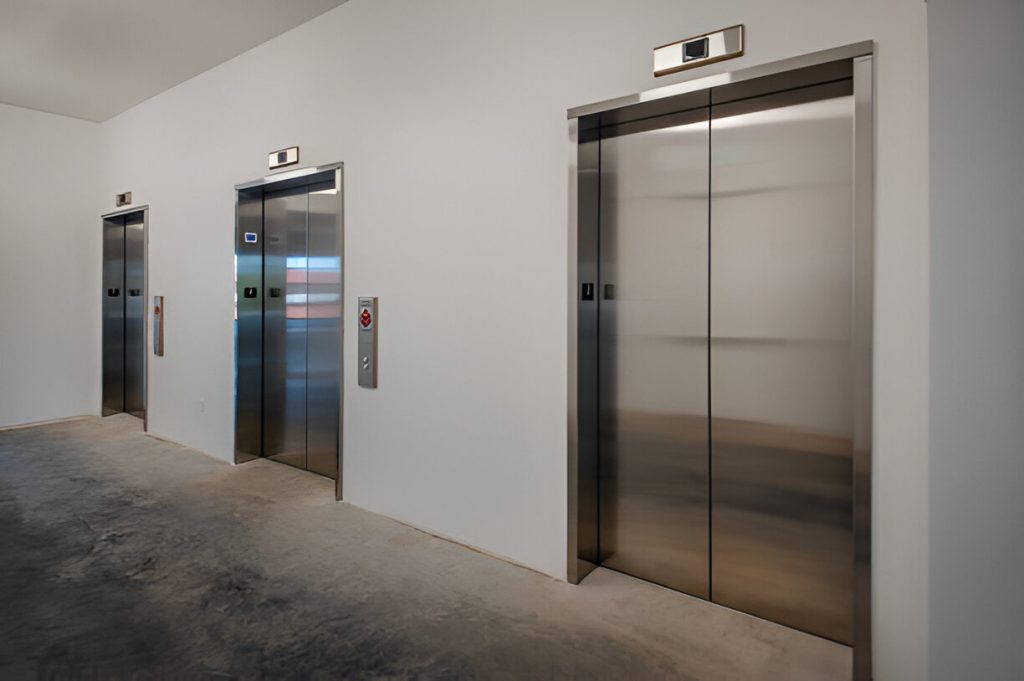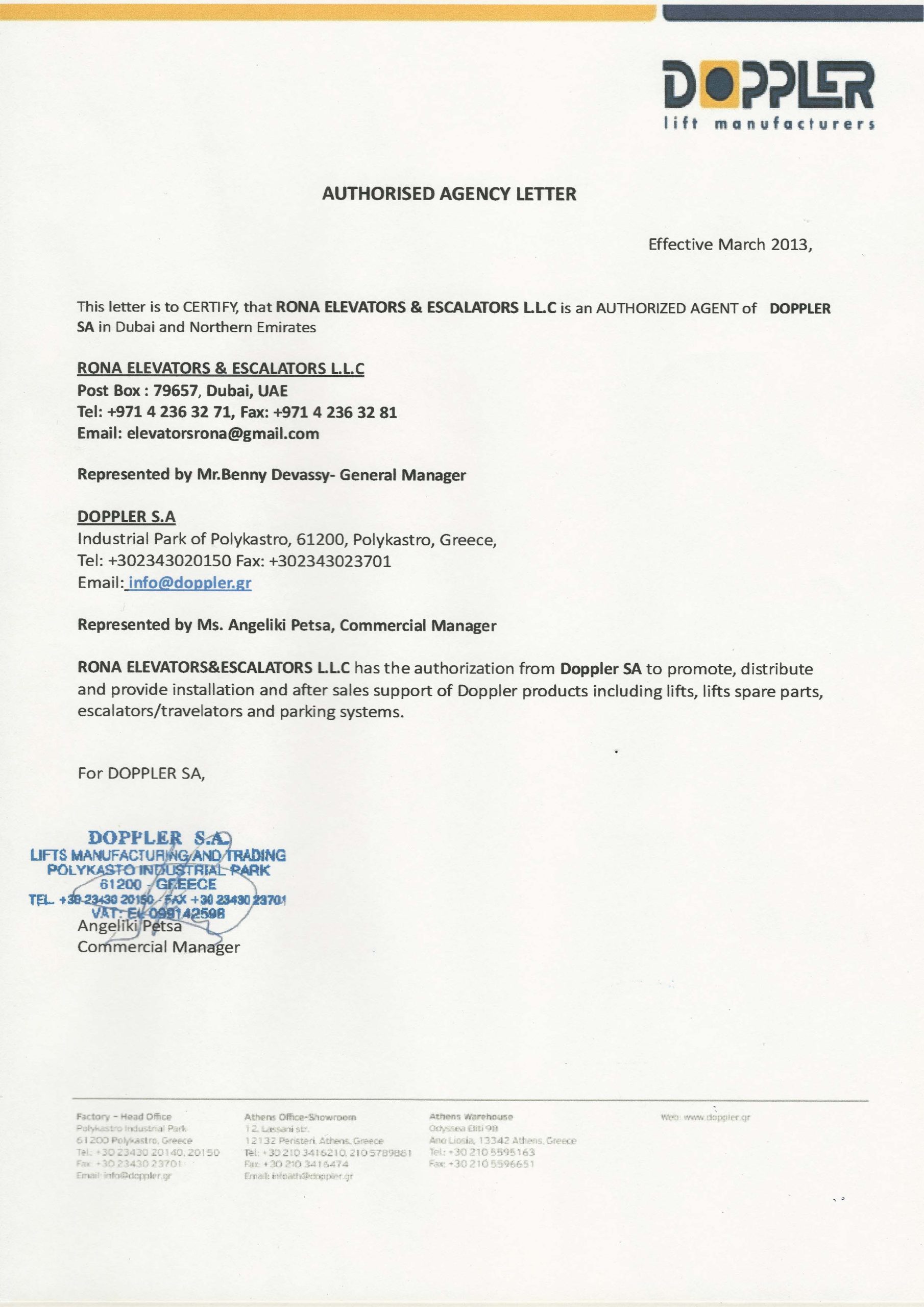
As urban landscapes continue to evolve, the need for intelligent infrastructure has become more pressing than ever. One of the most significant advancements in modern building management is the integration of smart elevators.
These technologically advanced vertical transportation systems are reshaping how buildings operate by improving efficiency, safety, and sustainability. In Dubai, where innovation and smart city initiatives are at the forefront, the adoption of smart elevators is rapidly gaining traction.
What Are Smart Elevators?
Smart elevators are advanced vertical transportation systems equipped with artificial intelligence (AI), Internet of Things (IoT), and data-driven automation. Unlike traditional elevators, which rely on manual operations and fixed scheduling, smart elevators can adapt to real-time demand, optimize energy consumption, and enhance user experience.
Key Features of Smart Elevators
- AI and Machine Learning Integration – Predictive maintenance and adaptive traffic management.
- IoT Connectivity – Real-time monitoring and remote troubleshooting.
- Touchless and Voice-Activated Controls – Enhanced hygiene and convenience.
- Energy Efficiency – Regenerative drives and smart power consumption.
- Cloud-Based Analytics – Data-driven insights for performance optimization.
The Role of Smart Elevators in Building Management
Building management has undergone a significant transformation with the introduction of smart elevators. They contribute to seamless mobility, improved security, and reduced operational costs. Let’s explore how they are shaping modern infrastructure.
1. Enhancing Traffic Flow and Efficiency
Traditional elevators often cause congestion, especially in high-rise buildings. Smart elevators use AI algorithms to predict peak usage times and optimize travel routes, reducing wait times and enhancing efficiency.
- Destination Control Systems (DCS): Instead of pressing floor buttons inside the elevator, users select their destination before entering, allowing the system to group passengers efficiently.
- Adaptive Learning: AI-powered elevators learn from daily patterns and adjust operations accordingly.
- IoT Integration: Real-time data analysis helps in adjusting elevator speed and stopping patterns.
2. Improving Safety and Security
Security is a top priority in modern building management, and smart elevators contribute significantly by integrating with building access control systems.
- Biometric and RFID Authentication: Restricts unauthorized access to specific floors.
- Remote Monitoring: Facility managers can track elevator operations through cloud-based platforms.
- Automated Emergency Response: Smart elevators can detect faults and notify service teams instantly.
3. Energy Efficiency and Sustainability
With growing concerns about energy consumption, smart elevators are designed to be more sustainable. In Dubai, where green building initiatives are encouraged, these systems align with energy-saving goals.
- Regenerative Drives: Convert kinetic energy into reusable electricity.
- LED Lighting and Sleep Mode: Reduce power consumption when not in use.
- Optimized Load Distribution: AI ensures the elevator operates efficiently based on passenger load.
4. Remote Diagnostics and Predictive Maintenance
Unplanned elevator downtime can cause major disruptions in buildings. Smart elevators minimize such risks with predictive maintenance and remote diagnostics.
- AI-Powered Predictive Maintenance: Sensors detect potential issues before they lead to breakdowns.
- Cloud-Based Monitoring: Engineers receive real-time data for quick troubleshooting.
- Reduced Maintenance Costs: Prevents costly emergency repairs.
5. Enhancing User Experience
User satisfaction is a critical factor in modern building management, and smart elevators significantly improve the passenger experience.
- Touchless Controls: Mobile apps, voice recognition, and gesture-based commands for seamless travel.
- Personalized Preferences: AI remembers frequently used floors and adjusts settings accordingly.
- Multimedia Displays: Provide real-time updates, entertainment, and safety instructions.
Smart Elevators in Dubai’s Evolving Infrastructure
Dubai is leading the way in integrating smart technologies into its urban landscape. From commercial skyscrapers to residential towers and luxury hotels, smart elevators are becoming a standard feature in new developments.
Why Dubai is Investing in Smart Elevators
- Smart City Vision: Dubai’s commitment to becoming a global leader in smart infrastructure.
- High-Rise Architecture: The city’s skyline demands advanced vertical transportation solutions.
- Energy Efficiency Mandates: Regulations encourage the adoption of eco-friendly technologies.
- Enhanced Urban Mobility: Supports the seamless movement of residents, tourists, and professionals.
The Future of Smart Elevators in Dubai
As technology continues to evolve, smart elevators will play a crucial role in Dubai’s future developments. Emerging innovations like AI-driven robotics, 5G connectivity, and blockchain security integration will further enhance their capabilities.
- Autonomous Elevator Systems: AI-powered decision-making for self-operating elevators.
- Smart Building Integration: Seamless connection with lighting, HVAC, and security systems.
- Zero-Contact Mobility: Fully touchless interactions for enhanced safety and convenience.
FAQs
1. How do smart elevators reduce waiting times?
Smart elevators use AI and destination control systems to group passengers efficiently, reducing wait times and optimizing travel routes.
2. Are smart elevators energy-efficient?
Yes, smart elevators feature regenerative drives, LED lighting, and sleep modes to minimize energy consumption and promote sustainability.
3. Can smart elevators be installed in existing buildings?
Yes, retrofitting options are available, allowing existing buildings to upgrade their elevator systems with smart technology.
4. How do smart elevators enhance building security?
Smart elevators integrate with biometric authentication, access control systems, and remote monitoring to ensure enhanced security and restricted access.


